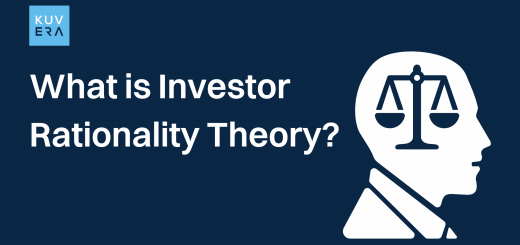How Do ELSS Funds Work?
The Equity Linked Savings Scheme acronym is ELSS, and a three-sentence definition fits the bill.
ELSS is an open-ended mutual fund in which stocks account for at least 80% of the total investment. Two, by offering benefits under Section 80C of the Income Tax Act, these schemes assist you in reducing your tax liability. Finally, these programmes have a three-year lock-in period.
By design, an ELSS competes for the money of tax-conscious investors with other products like the PPF, NPS, a tax-saving fixed deposit, a national savings certificate, etc. An ELSS is a pure-play equity product, primarily fixed-income products, primarily fixed-income products, primarily fixed-income products, in contrast to these other instruments.
ELSS is therefore classified as more of a wealth creation product than a savings product.
Therefore, the ELSS mutual funds progress along a choppy path and provide returns that experience many ups and downs. However, it does make up for this volatility by possibly providing higher returns.
Tax Advantages Of ELSS Fund Investing
Section 80C of the Income Tax Act grants tax benefits for investments made in equity-linked savings scheme funds. Although there is no maximum investment amount, the Income Tax regulations only allow for a tax deduction of up to Rs. 1.5 lakh.
This amount of Rs. 1.5 lakh is an aggregate, which means that your investments in other tax-saving products like provident funds, national savings certificates, life insurance premiums, and a few others are also included in this Section 80C deduction.
How to invest in ELSS?
An investor must be KYC compliant to invest in an ELSS. The investment can be made by going to the registrar’s office or a branch office of the fund house with a properly completed physical form and a check. One can also begin investing online through aggregators or the fund house website. After investing, the person is given a folio number. By referencing the same folio number of the same mutual fund house using their transaction form, future investments in the ELSS scheme can be made.
The investor can select from one of the following options when investing in the best ELSS funds: (i) Growth option, (ii) Dividend option, or (iii) Dividend Reinvestment option.
Returns in ELSS funds
An ELSS is a mutual fund; just like all mutual funds, these funds’ returns are not guaranteed. However, looking at the top schemes reveals that if you stick with it through the market’s ups and downs, the category has performed very well for many years.
Many ELSS investors use the SIP method to make more in-depth investments. So, over time, a SIP of at least Rs. 1,000 per month will grow.
In general, ELSS fund investments should be made with the long term in mind. It aids in wealth accumulation but also assists investors in navigating the volatility linked to market-linked assets.
Conclusion
ELSS is a two-in-one investment option. Not only does it help you pay less in taxes, but you can use that money to build up a sizeable fortune. Therefore, you can use these funds to reach your long-term objectives, such as retirement and the education of your children, where you must significantly outpace inflation.
Interested in how we think about the markets?
Read more: Zen And The Art Of Investing
Watch here: Kuvera insights with industry experts.
Start investing through a platform that brings goal planning and investing to your fingertips. Visit Kuvera.in to discover Direct Plans and Fixed Deposits and start investing today.#MutualFundSahiHai #KuveraSabseSahiHai!










